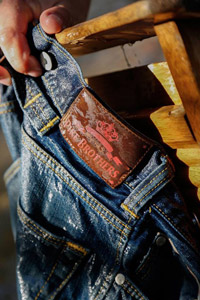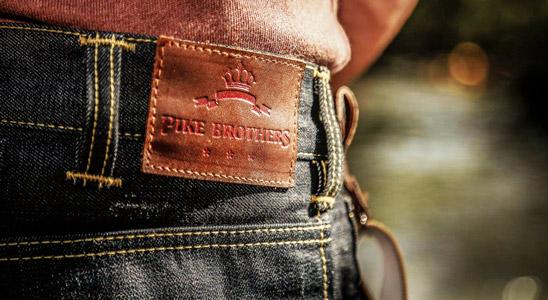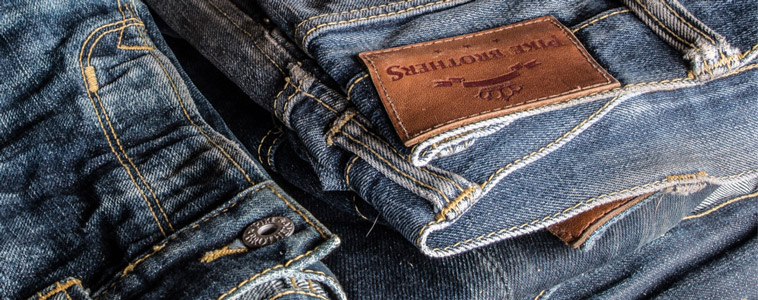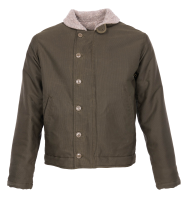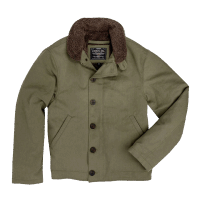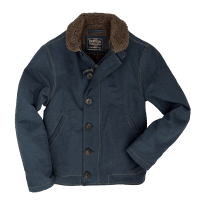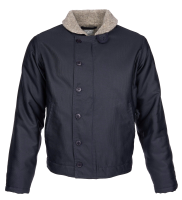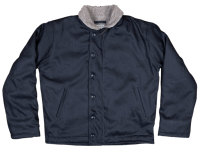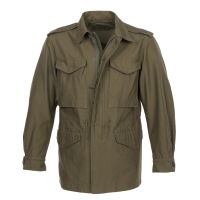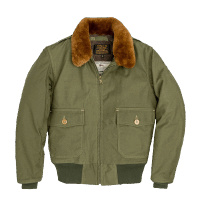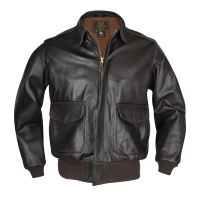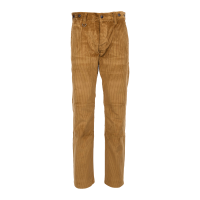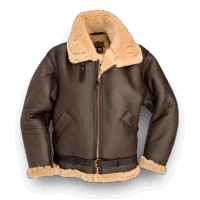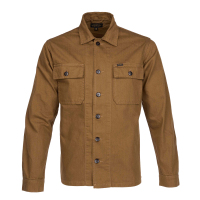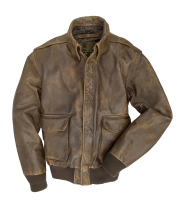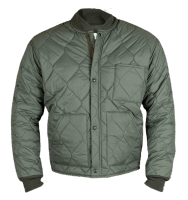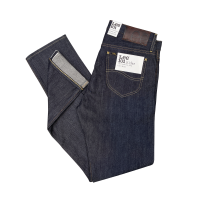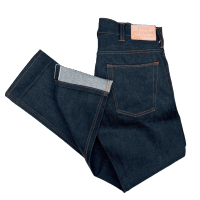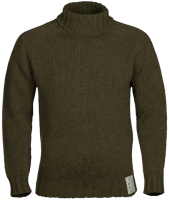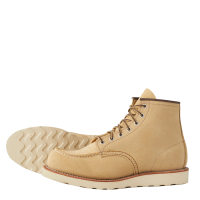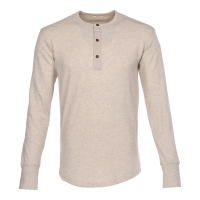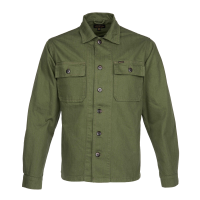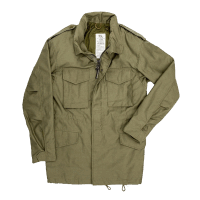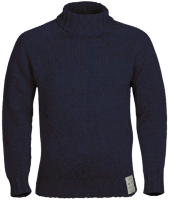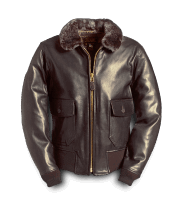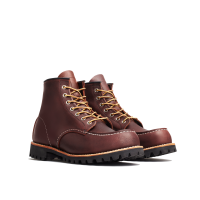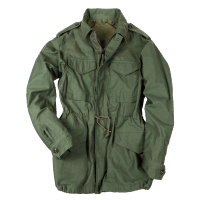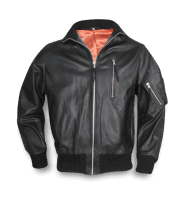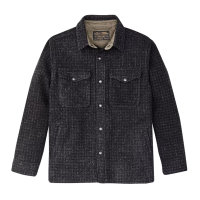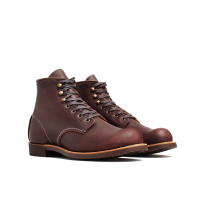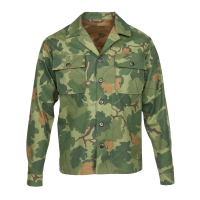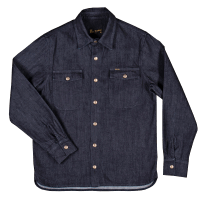Pike Brothers 1944 N1-Deck Jacket Omaha - khaki
Prices incl. VAT plus shipping costs
Ready to ship today,
Delivery time appr. 1-3 workdays
Spezifikationen
Pike Brothers 1944 N1-Deck Jacket Omaha - khaki
- Outer fabric: Elephant Skin (100% cotton)
- Lining: 100% wool
- vintage talon zipper
- authentic spec. label
- Inside circular knit cuffs
Product information
Pike Brothers 1944 N1-Deck Jacket Omaha - khaki
N-1 Deck Jacket
The N-1 Deck Jacket was issued to U.S. Navy ship crews beginning in 1943. The construction of the N-1 Deck Jacket originally consisted of a tightly woven "Jungle Cloth" outer fabric combined with a woven wool lining. This created a jacket that defied wind and water and protected the wearer from the most adverse weather. The version made of the robust Elephant Skin gets a very special patina.
Elephant Skin
The Elephant Skin called by Pike Brothers comes from the workwear and is established among others as German leather in the guild area. The extremely tightly woven cloth is with 520g a heavyweight among the fabrics and withstands even glowing beads of sweat. Pike Brother's "Elephant Skin" is woven today, as it was then, by a German weaving mill in the old tradition. The robust secret of the fabric lies in the high weft density and the twisted yarn used as warp thread. Over time, the fabric, although made of 100% cotton, develops like leather. Thus, it becomes bacony and shiny in heavily used areas. This also led to the name "Elephant Skin".










